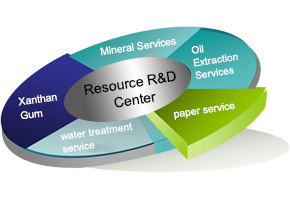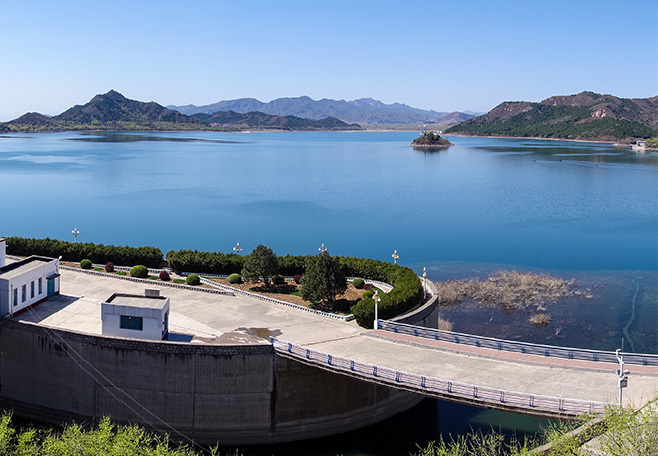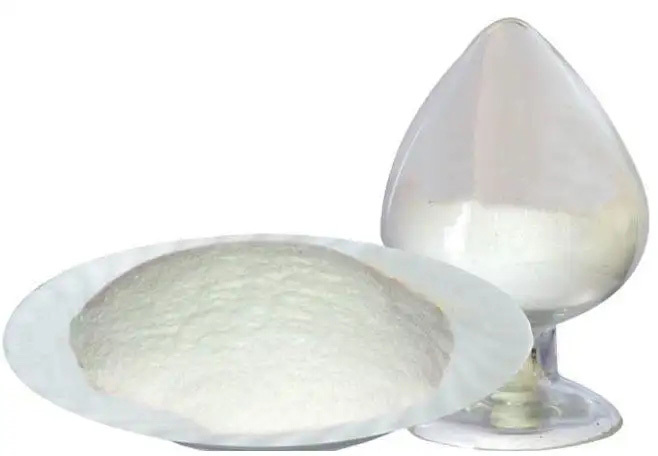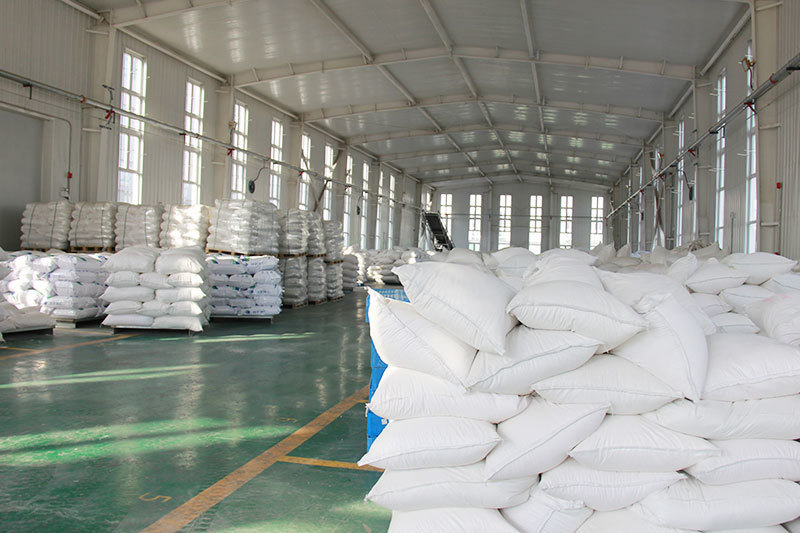Polyacrylamide: Essential Tips and Precautions You Need to Know
Release Time:
Jul 19,2025
Discover the important precautions and considerations when working with Polyacrylamide in various applications.
Understanding Polyacrylamide
Polyacrylamide, often abbreviated as PAM, is a versatile polymer that's been making waves across industries. From water treatment to agriculture, this compound serves multiple roles. But wait! Before you dive into its applications, there are a few things you ought to consider. Let's unpack the essential precautions and best practices for handling this intriguing substance.
Why Use Polyacrylamide?
First off, why even bother with Polyacrylamide? The answer is simple: it's incredibly useful! Whether you're looking to reduce soil erosion, improve water retention in crops, or clarify wastewater, this polymer has got you covered. It's like the Swiss Army knife of the chemical world!
Safety First: Handling Precautions
Alright, let's get down to brass tacks. While Polyacrylamide is beneficial, it's crucial to handle it with care. Here are some key considerations:
- Personal Protective Equipment (PPE): Always wear gloves, goggles, and a lab coat when working with PAM. You wouldn’t want any unwanted contact!
- Storage Conditions: Keep Polyacrylamide in a cool, dry place. Heat and moisture can degrade its quality—yikes!
- Disposal Tips: When you're done, dispose of any waste according to local regulations. Don't just toss it in the trash!
Mixing It Right
Now that you’ve got your PPE on, let’s talk mixing. Polyacrylamide usually comes in powder form, and getting the concentration right is crucial. Too much, and you might end up with a sticky situation!
Here's a quick tip: always add the powder to water, never the other way around. This way, you can avoid clumping—nobody wants that hassle!
Environmental Considerations
With great power comes great responsibility! When using Polyacrylamide, it’s essential to keep its environmental impact in mind. While it’s generally considered safe, excessive use can lead to unintended consequences. For instance:
- Runoff Risk: If you’re using it in agriculture, be aware of potential runoff. This can lead to contamination of local water sources.
- Soil Health: While PAM can enhance soil structure, overapplication might harm beneficial microorganisms. Balance is key!
Regulatory Guidelines
Don’t forget to check your local regulations regarding the use of Polyacrylamide. Some regions have specific guidelines to ensure safe usage, and it’s always best to stay informed. Ignorance isn’t bliss when it comes to compliance!
Final Thoughts
So there you have it! Polyacrylamide is a powerful tool when used correctly, but it demands respect and caution. By keeping these precautions in mind, you can harness its benefits while minimizing potential risks. Happy experimenting, and remember: safety first!
Key words:
What Else Might You Learn?












